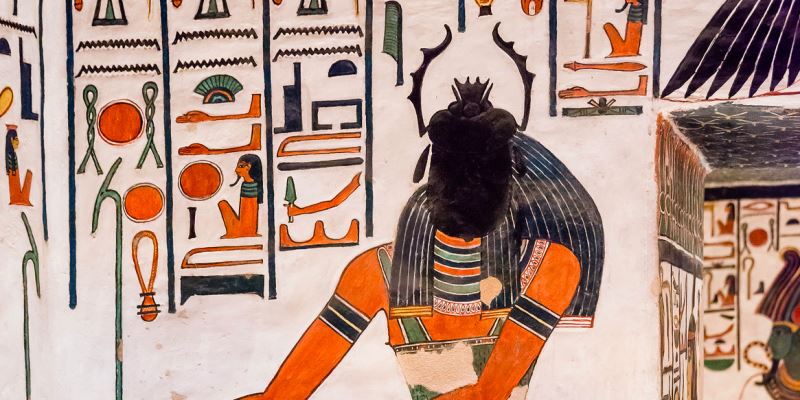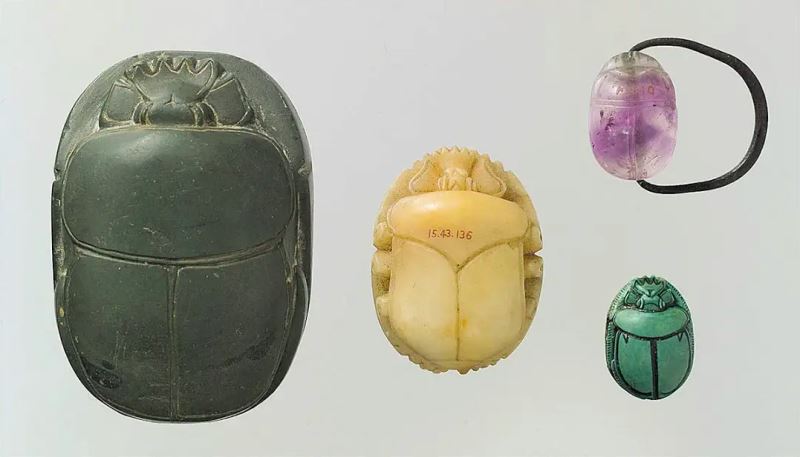Let’s briefly explain why scarabs were important enough to depict gods in Egyptian mythology. The lexicographer comes from “zagalar”, sounds nice.
Dung beetle… Because of its name, we may consider these insects as stink bugs. But the scarab is actually a deceptively modest creature. It’s a little weird for the humble, but they literally raise their babies in a ball of warm, nutrient-filled poop. They are remarkable for their incredible displays of strength when confronted by each other or another rival, and they also play an underappreciated ecological role.
Although these animals are not given much importance today, this was not the case many years ago. Now let’s take a trip to the past together and see why these friends have such an important place in Egyptian mythology. because at that time, these friends were the incarnation of a god.
To understand this, let’s first look at the khepri created by the human mind.

Of course, when khepri was first born in our minds, perhaps its depiction was not like the picture above.
That’s why he was associated with the sun. Because the sun gave life to the world we live in, it protected us from dangers with its light and we couldn’t even look at it. That’s why khepri killed the sun by rolling it every day and created it again in the morning.
One day, the ancient Egyptians noticed that scarabs were rolling dung balls that resembled the sun on the ground, and weeks later they witnessed new insects like them emerging from these balls that were brought to their underground chambers. Of course, they did not know at that time that the cause of this incident was the eggs laid in the poop.
This is exactly why they saw this insect as an incarnation of khepri, that is, its embodiment in the world. As we said above, since khepri was associated with the sun, it symbolized the resurrection of the body, and we understood it as something similar to the way new scarabs emerge from inert matter.
Since we realized this, the popularity of scarabs began to increase rapidly in Egypt. hence scarab-shaped amulets and amulets were believed to attract the power and protection of the god and ensure the rebirth of the wearer.

Although scarabs appeared in the time of the Old Kingdom, they were mostly used as button seals for heraldic or other purposes. By the time of the Middle Kingdom, scarabs entered life a little more and became objects of daily life, often inscribed with the names of leaders or officials and used as official parchment seals.
By the New Kingdom period, scarabs gained the religious significance we know today and were written with the names of gods or religious figures. Larger scarabs, known as heart scarabs, especially those placed inside mummies, were also used in funerary contexts to aid the deceased in the afterlife. They turned into various talismans to help the person on his way after death by placing them either in a grave, inside the mummy wrappings, or directly inside the body, especially on the heart.
